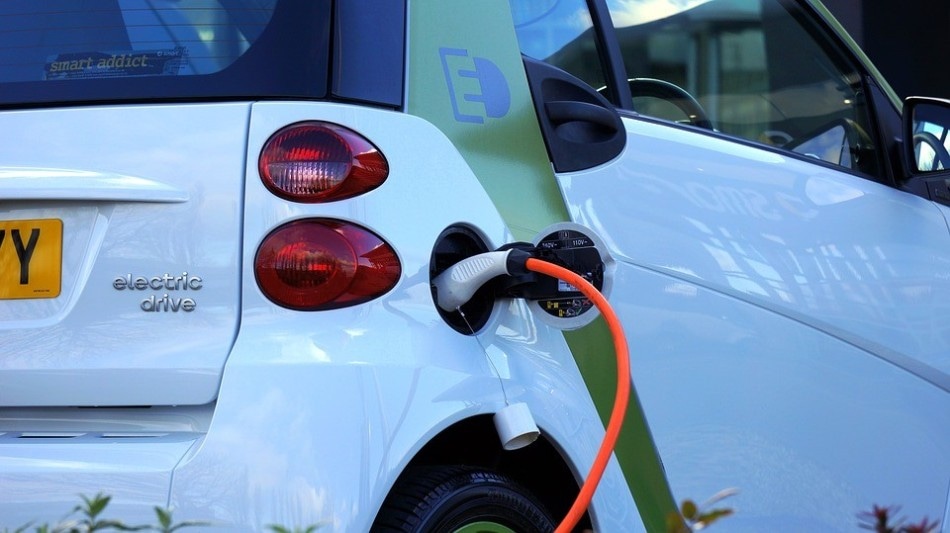Jan 31 2019
A Nobel-prize winning chemistry method has been applied by scientists on a combination of metals to potentially lower the cost of fuel cells used in electric cars and decrease unsafe emissions from conventional vehicles.
 (Image credit: The University of Manchester)
(Image credit: The University of Manchester)
The scientists have converted a biological method, which won the 2017 Nobel Prize in Chemistry, to expose the atomic-scale chemistry in metal nanoparticles. These materials are among the most effective catalysts used in energy converting systems such as fuel cells. This method has been used for the first time in this kind of research.
The particles possess a complex star-shaped geometry and this new study reveals that the corners and edges can have different chemistries, which can now be tweaked to lower the cost of batteries and catalytic converters.
For their efforts in pioneering the method of “single particle reconstruction”, Joachim Frank, Richard Henderson and Jacques Dubochet were awarded the 2017 Nobel Prize in Chemistry. This electron microscopy method has exposed the structures of a vast number of proteins and viruses but is not typically used for metals.
Presently, a team at The University of Manchester in partnership with scientists at the University of Oxford and Macquarie University has developed on the Nobel Prize-winning method to create 3D elemental maps of metallic nanoparticles composed of just a few thousand atoms.
Their study, which has been published in the journal Nano Letters, shows that it is viable to map various elements at the nanometer scale in three dimensions, circumventing damage to the particles being investigated.
Metal nanoparticles are the main component in numerous catalysts, such as those used to change poisonous gases in car exhausts. Their efficiency is very dependent on their chemistry and structure, but due to their extremely small structure, electron microscopes are necessary in order to image them. However, a lot of imaging is restricted to 2D projections.
We have been investigating the use of tomography in the electron microscope to map elemental distributions in three dimensions for some time. We usually rotate the particle and take images from all directions, like a CT scan in a hospital, but these particles were damaging too quickly to enable a 3D image to be built up. Biologists use a different approach for 3D imaging and we decided to explore whether this could be used together with spectroscopic techniques to map the different elements inside the nanoparticles. Like ‘single particle reconstruction’ the technique works by imaging many particles and assuming that they are all identical in structure, but arranged at different orientations relative to the electron beam. The images are then fed into a computer algorithm which outputs a three-dimensional reconstruction.
Sarah Haigh, Professor, School of Materials, The University of Manchester.
In the present research, the new 3D chemical imaging technique has been employed to examine platinum-nickel (Pt-Ni) metal nanoparticles.
Platinum-based nanoparticles are one of the most effective and widely used catalytic materials in applications such as fuel cells and batteries. Our new insights about the 3D local chemical distribution could help researchers to design better catalysts that are low-cost and high-efficiency.
Yi-Chi Wang, Study Lead Author, School of Materials, The University of Manchester.
We are aiming to automate our 3D chemical reconstruction workflow in the future. We hope it can provide a fast and reliable method of imaging nanoparticle populations which is urgently needed to speed up optimisation of nanoparticle synthesis for wide-ranging applications including biomedical sensing, light emitting diodes, and solar cells.
Dr Thomas Slater, Study Author.